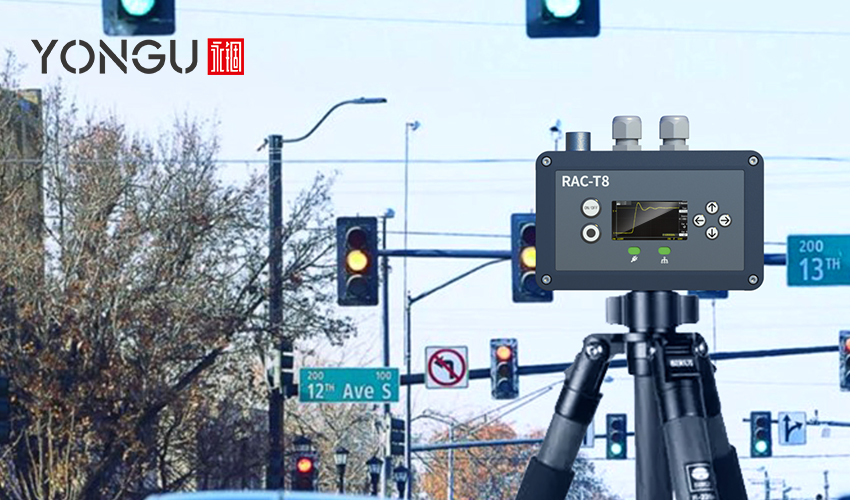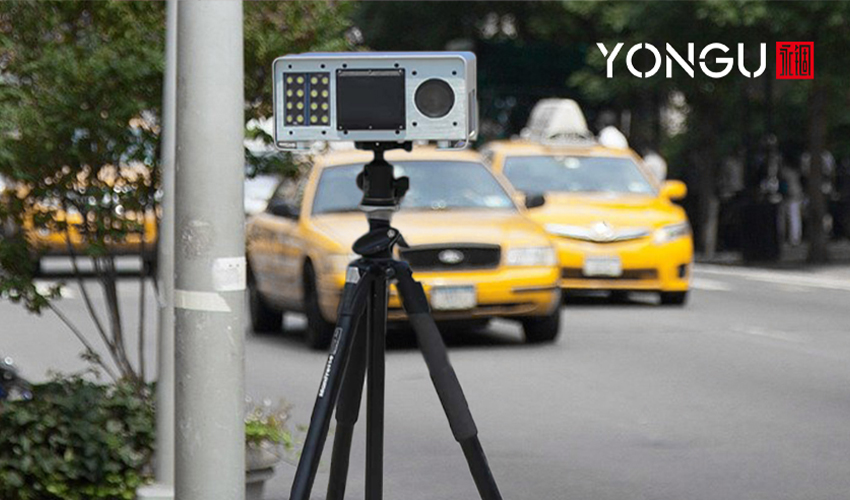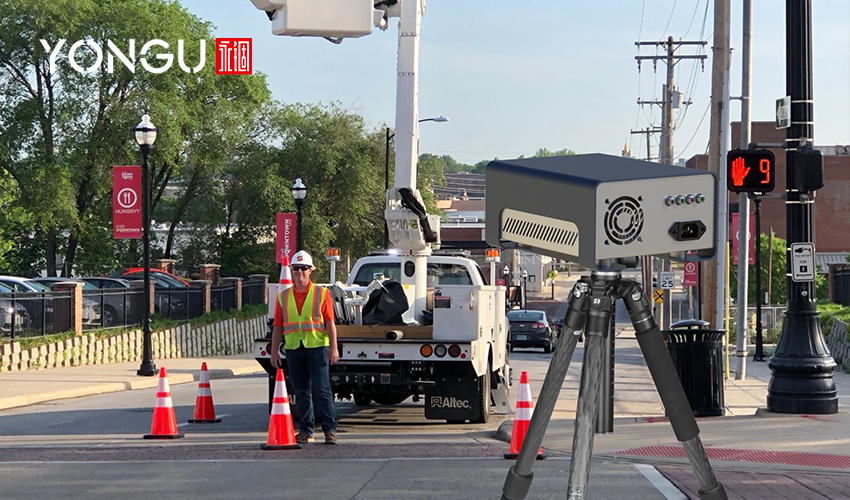
TRAFFIC CONTROL METHODS
It is possible to enhance throughput, improve traffic flow, and minimize congestion by implementing a range of traffic control measures in the Road Network Operations.
Urban Traffic Control
The term "Urban Traffic Control" describes a collection of technologies that seek to manage and control traffic flow over urban networks by altering real-time signal timing in response to traffic pattern variations.
Software plays a significant role in urban traffic control by optimizing signal designs at junctions to fulfill these aims. For this reason, non-intrusive traffic detectors, loop detection systems, and closed-circuit television cameras with video image processing are all necessary components of large-scale sensor networks for collecting real-time traffic data. Intelligent algorithms strive to optimize signal plans based on the gathered data. Cities' traffic control systems range in terms of functionality and degree of management.
Traffic Control on ARTERIAL Roads
Field controllers are designed to accommodate changing movements and cross-traffic according to traffic demands.
The "phases" of the timing cycle used by traffic signal operators determine the sequence in which different traffic streams are granted green time while other traffic is held at red. A crossroads intersection may have only two directions: north and south or east and west. A four-way crossroads that see a lot of turning traffic may have as many as eight phases, one for each of the four traffic headings and one for each turning activity.
Motorway Control Systems
Highway management systems aim to maximize capacity and throughput by optimizing the use of individual highway segments. Many proposals and implementations of Decision Support Systems (DSS) have been made throughout the years to facilitate this procedure. These DSS can advise traffic managers on the best way to implement various traffic control measures, including dynamic route guiding, ramp metering, variable speed restrictions, and optimized signal timing.
Active Traffic Management systems can accomplish their goals by combining ideas like speed synchronization, transitory shoulder usage, routing protocol and signage, junction administration, and ramp metering. Similar to UTC systems, ATMs rely on sophisticated sensors, controls, and algorithms networks to keep everything running smoothly.

BENEFITS OF TRAFFIC MANAGEMENT TECHNOLOGIES
By facilitating the design of more innovative, safer, and more efficient roads, traffic management technology may improve the commuting experience for everyone, from private vehicle drivers to bicycles to those who rely on public transportation. These advantages go far beyond the roadway, as evidenced by their demonstrable sound effects on areas as diverse as the economy and the natural world. Let's examine some of the most salient advantages of intelligent traffic management systems.
Traffic Reduction
In a year, the average passenger will waste 62 hours sitting in slow-moving traffic, according to estimates. There go over two and half years. Traffic congestion and travel times across the country might be substantially cut short by the widespread adoption of traffic control and safety technologies.
Environmentally Friendly
Better systems made possible by advancements in traffic management mean fewer cars on the road and less time spent in traffic for everyone. Travelers and the planet both benefit from this. Pollution levels have been found to drop significantly with the implementation of ITS technology, such as roadside cameras, traffic information systems, and mobile traffic apps. Cities that adopted this technology saw significant annual reductions in fossil fuel use and carbon dioxide emissions.
Safer, More Inclusive Streets
According to studies of infrastructure-based safety systems, the number of fatal car accidents has decreased dramatically, and this decline has been linked to the introduction of new safety technology. Information retrieved from traffic technologies on how streets are used and drivers behave policy and planning decisions.
Expanding these technologies is critical for saving lives on the road and encouraging various transportation options.
Economical Improvements
Cities and states can boost their economies by implementing and extending traffic management systems. Longer travel times are currently exacerbated by traffic congestion and are linked to health problems, decreased employee satisfaction, and higher absence.
Congestion on the roads is a significant cause of these problems; however, problems could be mitigated with traffic control systems. Consequently, they play a crucial part in creating walkable communities, leading to higher property values, higher community spending rates, cheaper car expenditures, lower health-related expenses, and a more competent workforce.

TRAFFIC CONTROL CABINETS & SIGNAL BOXES
It is imperative to have dependable traffic control at busy junctions, pedestrian crosswalks, and in thriving towns. The objective is to make it possible for motorists and pedestrians to get from point A to point B in the most practical and risk-free manner possible. Enclosures for traffic signals are an essential component in the process of controlling traffic and ensuring that optimal coordination and mobility are maintained.
Traffic Control Cabinets
Cabinets and electronics enclosures for controlling traffic are occasionally attached to poles, walls, pedestals, or fixed on walls, and they can even be integrated into pedestrian crosswalks and landscapes. These electronics enclosures are built to shield essential electrical controls from harm caused by the environment and intruders.
To ensure compliance with federal, state, and municipal standards, the design of traffic signal control electronics enclosure must be adaptable and modular. This facilitates easier electronics enclosure and cabinet access and maintenance while satisfying all applicable regulations' requirements.
Location of Traffic Control Cabinets
To facilitate movement in a variety of public spaces, traffic control cabinets and enclosures have been installed in places such as:
- Fire Houses
- Educational Sectors
- Railway Crossings
- Flood-prone roads
- Pedestrian crossings
- Oil and gas systems
- 5G Self Mobility
The transportation industry electronic enclosures are one among many YONGU facilities and where we still put much of our concentration today. YONGU has helped clients identify effective traffic control solutions for many years. Whether the enclosure's primary purpose is to house electronics for traffic lights, speed systems, security cameras, intelligent traffic systems, or mobile systems, YONGU can handle it.
For our customers in traffic control systems, YONGU knows they need an enclosure that's both durable enough to resist harsh conditions and affordable enough to fit into their plans.
YONGU Customization Options
YONGU enclosures provide unique flexibility features and competitive pricing for regular and custom traffic control boxes. Many of our projects start with one of our standard enclosures, and from there, our engineers will help you add or modify features to make the enclosure work for your unique application. We can do that for you if you want a completely unique cabinet.
Variety of customization features, including:
- We offer cutting-edge industrial design and engineering services to integrate electrical components into peripherals.
- A wide variety of hardware and mounting methods are available.
- Airtight seals, gaskets, and insulating material.
- Extra storage space thanks to built-in shelves and racks.
- Individualized styling features for your enclosure with a personalized label.
- Enamel, powder coating, and a special heat-resistant coating are some available finish options.
Other than customization options, YONGU also offers unique products for traffic facilities in two different series of IP68 Waterproof aluminum boxes, including
IP68 Waterproof Aluminum Box – L Series
They have the following unique features
They have the following unique features
For further information and customized product of your requirements, please follow our FACEBOOK for more updates and informations.
You can also contact us at +86 13326782625 or write us [email protected].
They have the following unique features
- YONGU L series IP68 waterproof enclosure, unique design for the box.
- Four different models, which include full aluminum models and half aluminum in a box with plastic covers models
- Ten different dimensions to choose from
- Rugged and robust for heavy-duty use
- Dispensing ring for maintaining both waterproof and dustproof functionality
- Shock-resistant die-cast aluminum enclosure
They have the following unique features
- YONGU M series waterproof box, which can reach to IP67/IP68 protection class.
- Eleven different dimensions to choose from
- Die Casting Covers and extrusion boxes for shock resilience
- Rugged and robust for heavy-duty use
- The dispensing ring is good for maintaining both waterproof and dustproof functionality.
For further information and customized product of your requirements, please follow our FACEBOOK for more updates and informations.
You can also contact us at +86 13326782625 or write us [email protected].



